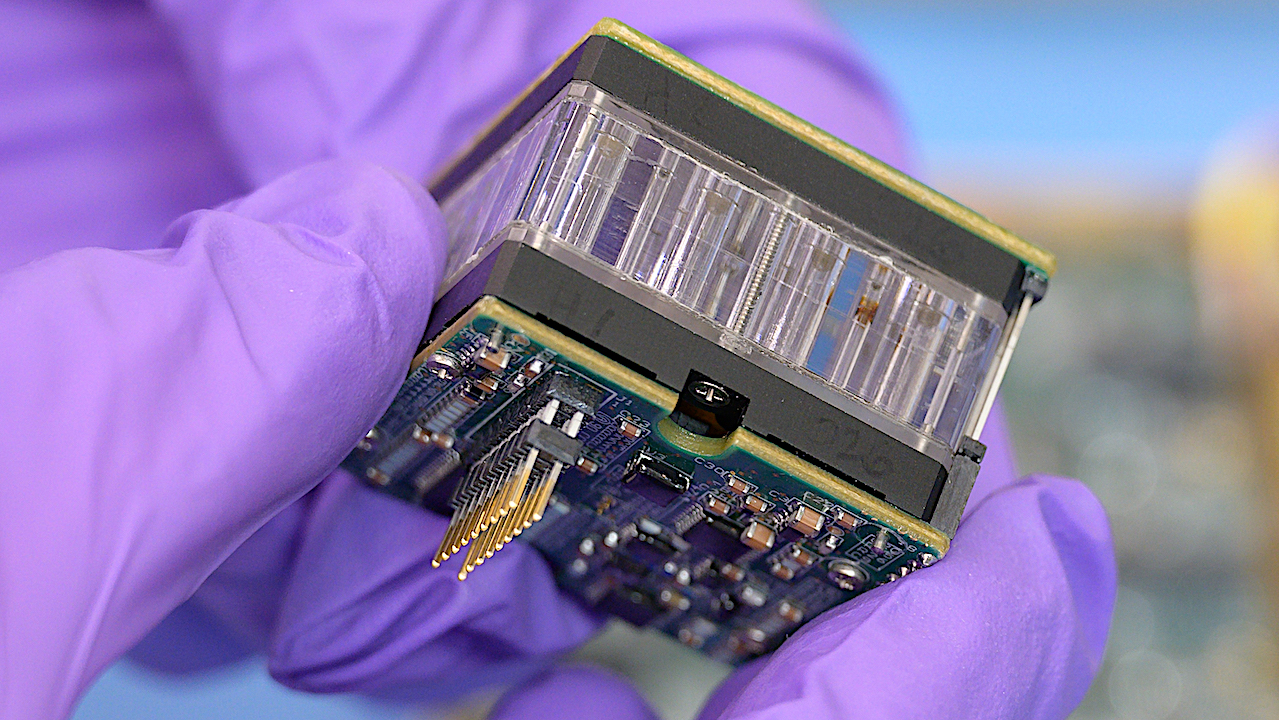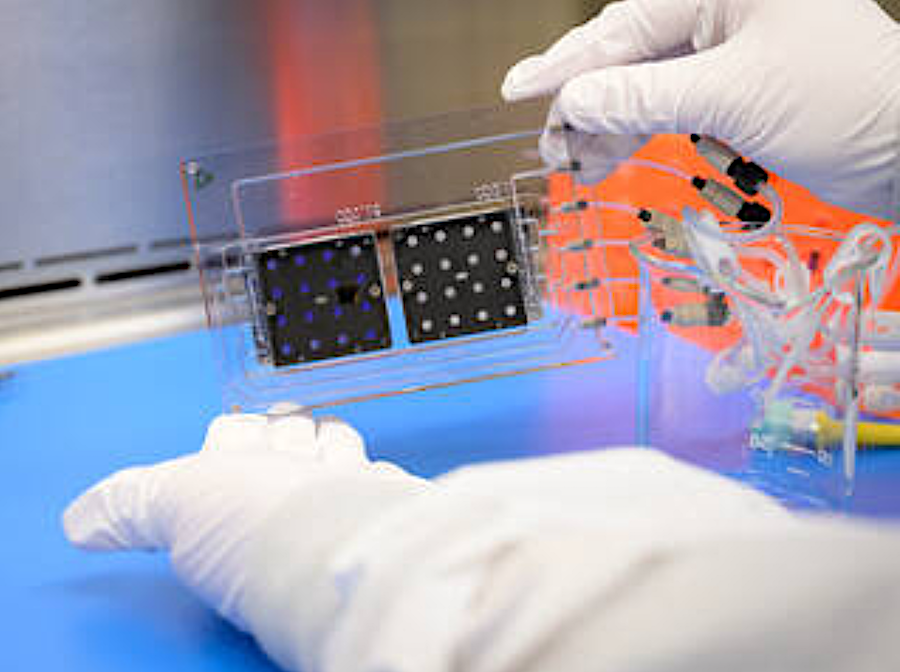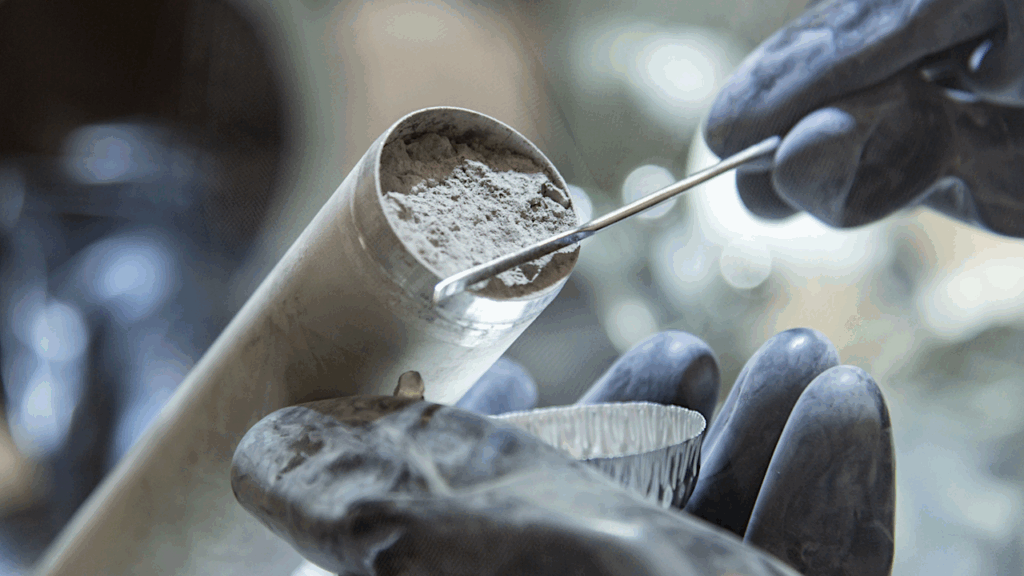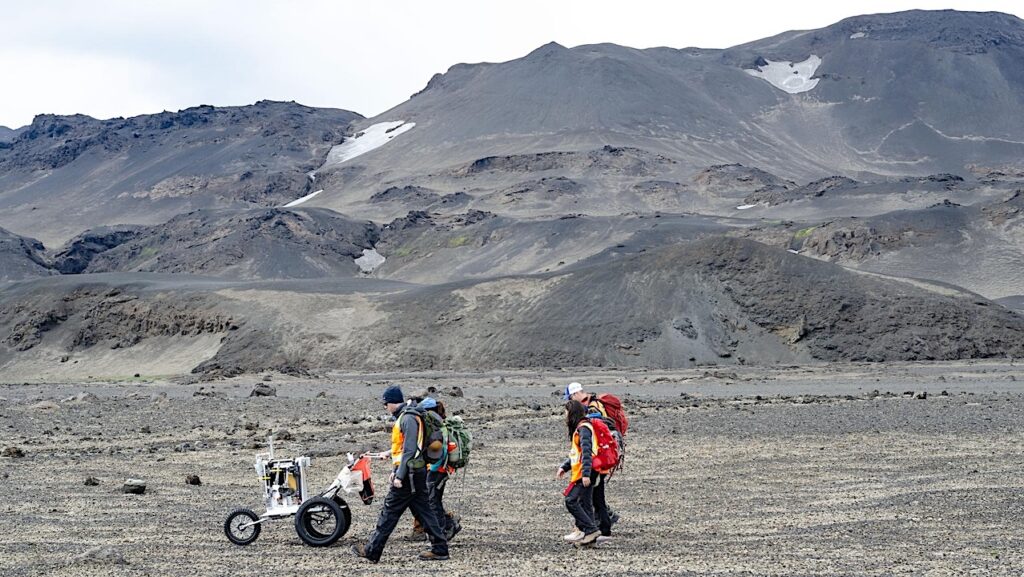Lunar Explorer Instrument for Space Biology Applications (LEIA)

NASA’s plans to explore the Moon and eventually go to Mars will bring humans deeper into space for longer duration missions than ever before.
These extended missions beyond low Earth orbit pose certain health risks to astronauts. Studying these risks is difficult because scientists can’t fully simulate deep space environmental conditions – such as space radiation and partial gravity – in laboratories on Earth, or even aboard the International Space Station.
LEIA – short for the Lunar Explorer Instrument for space biology Applications – will allow NASA scientists to study the biological effects of these extreme environmental conditions by sending living organisms, in the form of yeast, to the Moon. LEIA will be delivered to the lunar surface through NASA’s Commercial Lunar Payload Services (CLPS) initiative. After arrival at the Moon, the LEIA team will remotely monitor the health of yeast as it grows within LEIA’s hardware that is, in turn, attached to a lunar lander. The experiment will likely be completed within 10 Earth days or less, and these data will be transmitted back to researchers through direct-to-Earth communications.
LEIA will help scientists understand how the lunar environment – especially radiation and reduced gravity – affects our cells and will help NASA develop strategies to protect astronauts from and mitigate the effects of space radiation.
Building on Studies of Biology in Space
While LEIA is a unique experiment, it also builds upon recent biological studies conducted in space by science and engineering teams at NASA’s Ames Research Center in California’s Silicon Valley. Since 2006, Ames has developed and launched a variety of biological missions using small satellites known as CubeSats. The most recent of these, NASA’s BioSentinel, launched to deep space in 2022 aboard Artemis I, and continues to characterize the radiation environment in its orbit around the Sun. Many of the lessons learned from BioSentinel to date have contributed to the LEIA mission – informing instrument design and development, how the biological samples are prepared and stored, and how the experiment will be performed on the lunar surface.
Studying Yeast to Learn About Human DNA
NASA scientists selected yeast for the LEIA experiment because its DNA has a lot in common with ours, including the way cells work to repair DNA damage caused by radiation. A variety of yeast types, or strains, each with a unique genetic makeup, will be part of the LEIA experiment. Including more than one strain allows scientists to learn more about which genes and cell processes play the biggest role in the yeast’s radiation response.
LEIA’s study includes the two yeast strains flown on BioSentinel’s spacecraft. One strain is similar to the yeast used to make beer and bread, while the other was selected because it has trouble repairing its DNA. The data that LEIA collects on these two strains will be compared to the BioSentinel findings.
LEIA also will study yeast strains that help identify cellular processes important in responding to radiation stress and strains with genes modified to increase radiation resistance. Additionally, LEIA’s experiment includes strains from NASA’s BioNutrients project, which is testing the use of microorganisms to produce vital dietary nutrients like antioxidants on demand.

A pair of Lunar Explorer Instrument for space biology Applications, LEIA, manifold-mounted microfluidic cards being filled with growth medium containing blue dye at NASA’s Ames Research Center in California’s Silicon Valley. Credits: NASA/Dominic Hart
LEIA’s Instruments
LEIA involves a suite of instruments that work together to characterize the lunar radiation environment and the biological response to it. One instrument named BioSensor, an autonomous fluidic-based system developed and built at NASA Ames, is based on the BioSentinel CubeSat. The BioSensor contains 16 microfluidic cards that house dry yeast cells in tiny compartments. Once LEIA arrives on the Moon, NASA scientists will direct BioSensor to release a liquid with nutrients that will cause the yeast to grow – like the process of blooming yeast when baking at home. The BioSensor will then measure the growth and metabolic activity of the yeast using a three-color LED detection system and a dye that provides a readout of yeast cell activity. Changes in cell activity may indicate radiation damage.
The two other LEIA instruments are radiation detectors that will measure the yeast’s radiation exposure and collect detailed measurements of radiation levels on the lunar surface – an important contribution to risk assessments for future crewed missions.
The Airborne Radiological Enhanced-sensor System (ARES) linear energy transfer (LET) spectrometer is a charged particle detector and is similar to the LET instrument currently taking measurements aboard BioSentinel.
The Miniature Fast Neutron Detector (Mini-FND) detects neutral particles – called neutrons – and was specifically chosen for LEIA because it measures a type of space radiation that hits and is reflected by the lunar surface but cannot be detected by the ARES instrument.
LEIA is scheduled to land in the South Pole region of the Moon in 2026. It is currently scheduled to be the first biology payload delivered through NASA’s CLPS initiative.
Milestones:
- September 2021: The LEIA project selected two NASA Ames-based teams, led by principal investigators Andrew Mark Settles and Sergio Santa Maria, to develop the yeast experiments.
- June 2022: The LEIA suite, including BioSensor, ARES, Mini-FND, and the biology experiments, was selected for delivery to the lunar surface through the CLPS initiative.
Collaborators:
- NASA Ames manages the LEIA mission and leads the mission’s science, systems engineering, and operations.
- NASA’s Johnson Space Center in Houston provides the ARES LET spectrometer.
- The Southwest Research Institute in Boulder, Colorado, is developing and providing the Mini-FND. This is a miniature version of a radiation detector aboard the International Space Station.
- NASA’s Space Biology Program, within the Division of Biological and Physical Sciences, provided initial funding for payload development and continues to support associated biology ground studies.
- LEIA was competitively selected for CLPS delivery through NASA’s Payloads and Research Investigations on the Surface of the Moon (PRISM) call for proposals. PRISM, which is supporting LEIA’s payload development, launch, and mission operations, is funded by the Exploration Science Strategy and Integration Office within the agency’s Science Mission Directorate.
- The Planetary Missions Program Office at NASA’s Marshall Space Flight Center in Huntsville, Alabama, provides oversight throughout the mission.
Astrobiology








